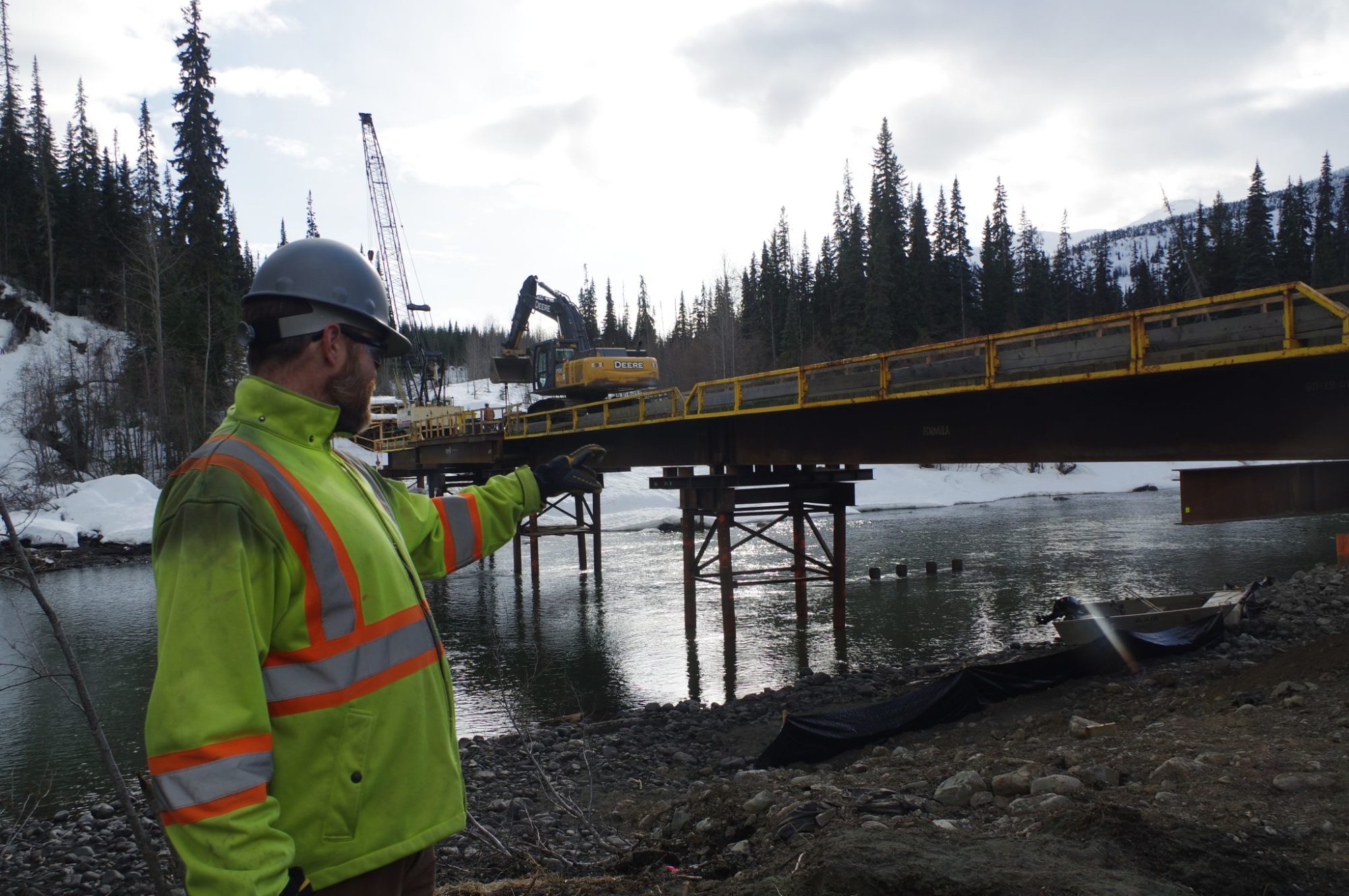Seabridge Gold has completed an updated prefeasibility study for its KSM Project in British Columbia, Canada, that focuses on open-pit mining only, while planning for both autonomous mine operations and trolley assist haulage.
The 2022 PFS, prepared by Tetra Tech, shows a considerably more sustainable and profitable mining operation than its 2016 predecessor, now consisting of an all open-pit mine plan that includes the Mitchell, East Mitchell and Sulphurets deposits only, it said.
The primary reasons for the improvements in the plan arise from the acquisition of the East Mitchell open-pit resource and an expansion to planned mill throughput – to 195,000 t/d, from 130,000 t/d, the company said.
The many design improvements over the 2016 PFS include a smaller environmental footprint, reduced waste rock production, reduced greenhouse gas emissions, a 50% increase in mill throughput and the elimination of capital-intensive block cave mining, it added.
While total capital has been reduced to $9.6 billion (from $10.5 billion) – with increases from inflation and mill expansion being wholly offset by the elimination of block cave mining from the PFS plan – the initial capital cost has increased to $6.4 billion (from $5 billion) due to inflation.
Life of mine production (33 years) at KSM consists of 1.03 Moz of gold, 178 MIb (80,739 t) of copper, 3 Moz of silver and 4.2 MIb of molybdenum.
The open-pit-only mine production plan using ultra class mining starts in the higher grade Mitchell pit, Seabridge Gold says. Production from the high grade upper East Mitchell zone is introduced in Year 3. Waste mined from the Sulphurets, East Mitchell and Mitchell pit is placed in the Mitchell rock storage facility (RSF) until Mitchell pit is mined out by Year 25. Final waste from East Mitchell is backfilled into the mined-out Mitchell pit from Year 25 onward along with some waste rehandled from the Mitchell RSF.
Autonomous mine operations where applicable and an integrated remote operations centre reduce on-site personnel, the company noted, while adding that electrification of the haul truck fleet with trolley assist would reduce carbon emissions and overall mine energy costs by replacing diesel with low-cost energy from electricity.











